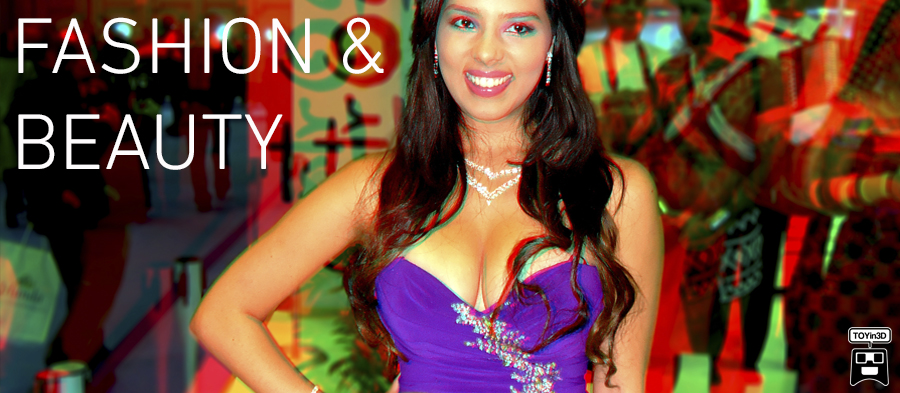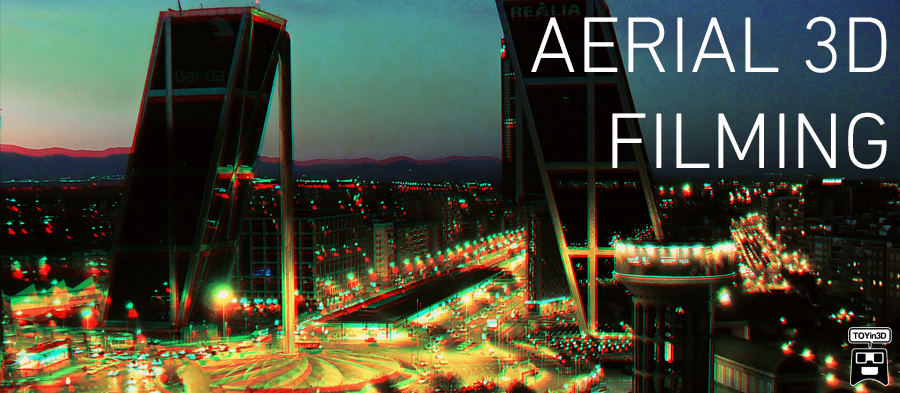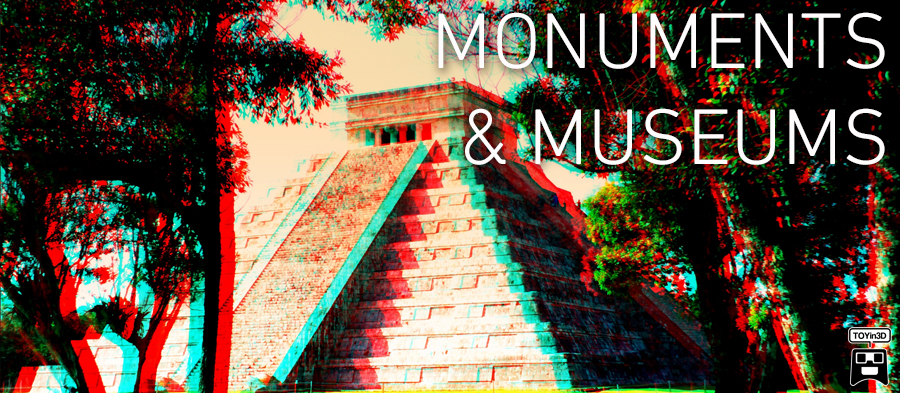As much a film scholar as a filmmaker, there are few directors better-equipped to discuss the convergence of art and technology than Martin Scorsese. But during a recent Q&A about his latest film, the 3D opus “Hugo,” Scorsese offered a few observations about the past, present and future of entertainment that suggested he’s qualified for another title: futurist.
“If everything moves along and there’s no major catastrophes, we’re basically headed towards holograms,” Scorsese said during a panel discussion Saturday. “Why can’t you have Hamlet in 3D who comes out to the audience and does ‘To be or not to be?’ I mean, they do in the theater. You have to think that way. Don’t let the economics, and fashion, inhibit you if you’re being creative.”
“If everything moves along and there’s no major catastrophes, we’re basically headed towards holograms,” Scorsese said during a panel discussion Saturday. “Why can’t you have Hamlet in 3D who comes out to the audience and does ‘To be or not to be?’ I mean, they do in the theater. You have to think that way. Don’t let the economics, and fashion, inhibit you if you’re being creative.”
In something resembling a film lover’s ultimate fantasy, Scorsese appeared at a preview screening of “Hugo” Saturday afternoon at Los Angeles’ downtown L.A. Live entertainment complex, where he joined Visual Effects Supervisor Robert Legato, Cinematographer Robert Richardson, Composer Howard Shore, Production Designer Dante Ferretti, and EditorThelma Schoonmaker for an extensive discussion of the film, moderated by none other than filmmaker Paul Thomas Anderson. The film itself was in an advanced state of completion, at least in comparison to last month’s preview screening at the New York Film Festival, with only one or two shots still unfinished, and the credits incomplete. But Scorsese indicated that even a passion project like this one is a race to the finish, no matter how seasoned a filmmaker you are.
“It was a lot of fun, and yes it was a headache,” he said to Anderson, who giggled as Scorsese struggled to get comfortable in a seat where the diminutive filmmaker’s feet didn’t touch the ground. “But it was a really enjoyable headache. It’s a discovery with each shot – it was a rethinking about how to make pictures, with of course the obvious element of 3D, but also of a boy’s memory of where he was in the past, and a sense of how to create a heightened impression of Paris in 1929 and 1930. It was arduous, but most of the time, a great deal of fun.”
Although producer Graham King first gave John Logan’s adaptation of Brian Selznick’s book to Scorsese to read, the director said there was a decidedly more personal reason to do the film, independent even of the story’s passionate celebration of classic cinema. “I have a young daughter – she’ll be 12 in a couple of weeks – and so I guess it was sort of two trains running in a way,” he said. “Being with her every day, I just began to see things differently and perceive life and the world around one in a child’s view, through the imagination of a child, the creativity of a child, but also a child’s thoughts and storytelling. So it just seemed to be a very happy coincidence that this story, and also the fact that this story resolves itself through the device of motion pictures.”
Scorsese revealed that the first stop as he undertook “Hugo” was contacting production designer Dante Ferretti to develop the look of the film, whose story took place in Paris in 1929 and 1930. Ferretti said Scorsese perhaps predictably showed him a wide variety of films in order to steer him to what he wanted. “You showed me many, many, many movies, period movies, and it was a big help for me,” he said. “You showed me many movies and said, I like this shot, and so I saw probably 20 movies for just two or three things. But it was very important for me because this is the way in which I work always – and he knows very well what he wants, and I think we did, I hope, so far, something good.”
A cinephile himself, Anderson solicited Scorsese and his collaborators to discuss the creative process, particularly in terms of creating and photographing the film’s central location, a Parisian train station. Even after decades of incredibly accomplished work, however, Scorsese said it was still largely a process of discovery, thanks in no small part to the use of 3D, which was a first for him. “I really honestly don’t know how we thought of it,” Scorsese confessed. “I designed the shots I wanted, and Bob [Richardson] and Dante would tell me and sort of work out a time schedule as to what was going to be ready when.”
VFX supervisor Rob Legato indicated he did a lot of work ahead of time, not just in constructing shots, but virtual locations where Scorsese’s creativity could run free, and then be refined. “We would pre-vis a lot, so prior to the sets being built we created sort of a lighter version of what was created for ‘Avatar’,” Legato explained. “You could pan and tilt the camera, you could move a little mini-crane and figure out and start designing shots – to say, this is too wide, that’s too tight, and we started building it, and we would just pre-build with all of Marty’s ideas. And then we’d bring Bob over and Bob would operate the camera or I would operate the camera and then keep on working on it.”
Legato said that his work continued well into postproduction, as they were whittling down the film into final form. “Pretty much as we were finishing shooting, I would be finishing these pre-vises, and the sets were huge, so as we were shooting we had to figure the best way to get out of this. Sometimes we would have to shorten scenes, we would have elaborate chase scenes and they would have to be boiled down to two or three shots, so we’d go off, talk about it, and it kept on sort of like an organic process we’d just do every day as we were fighting a time schedule.”
Scorsese indicated that the use of 3D was initially a laborious process, but the team quickly adapted to the technology. “The use of 3D is exciting, but it demands a respect,” he said. Richardson agreed that even for experienced filmmakers, they were relative novices, and were forced to make different choices technically in order to get through shooting efficiently. “We hadn’t shot 3D so it was obviously a learning process for us shot by shot,” Richardson said. “We were using two rigs with different lenses so we would just switch rigs prior [to shooting].” Scorsese revealed that switching the lenses initially took 45 minutes, but before long the team got that time down to ten or so. Scorsese said, “We even had a rig put on Larry McConkeywith his steadicam. It took him two months to build a rig, to build one of those Segway things, and he rode it on a Segway.”
Thelma Schoonmaker has worked with Scorsese for decades, and she said that the process of editing “Hugo” demanded that she combine past techniques with new technology. “I would cut in the morning just with 2D because my work monitors and my timelines are 2D,” Schoonmaker said. “But then when Marty would come we would always cut in 3D. It was very important for us to do that.”
After Anderson opened up the panel to questions from the audience, the filmmakers received a predictable wealth of compliments on their technical and artistic achievements with the film. After one viewer commented that “Hugo” reminded them what it was like to see a film for the first time, Scorsese talked about how 3D is not just a gimmick, but an important artistic tool which, like so many other advancements in moviemaking, will have to endure many growing pains before it’s fully embraced.
“The first time images started to move, immediately, people wanted color, sound, a big screen, and depth – and that’s just what we’re doing now,” Scorsese said. “Ultimately, it took until 1935 to get Technicolor right, and even then, until 1960 or so, color was only deemed appropriate for musicals, comedies and westerns, no serious, quote-unquote, films. But there was a mindset against color because there were so many attempts at color, from 1895 when they were all hand-tinted. And I think ultimately with the right people behind 3D the way it is now, there are people working in 3D, and other filmmakers who are even more inventive with 3D, for me it’s just another element to tell a story.”
As the Q&A wrapped up, Scorsese said that he thinks a testament to the inevitable success of 3D is the simple fact that in our daily lives, everything we see is already three dimensional. “As I’m sitting here now, I’m seeing you in 3D,” he observed. “Most people have stereo vision, so why belittle that very, very important part of our existence? There’s got to be for all of our technical expertise, a comfortable way of dealing with it. Why not use it?”
“Hugo” opens on November 23rd.
SOURCE:[ today3d.com ]



























